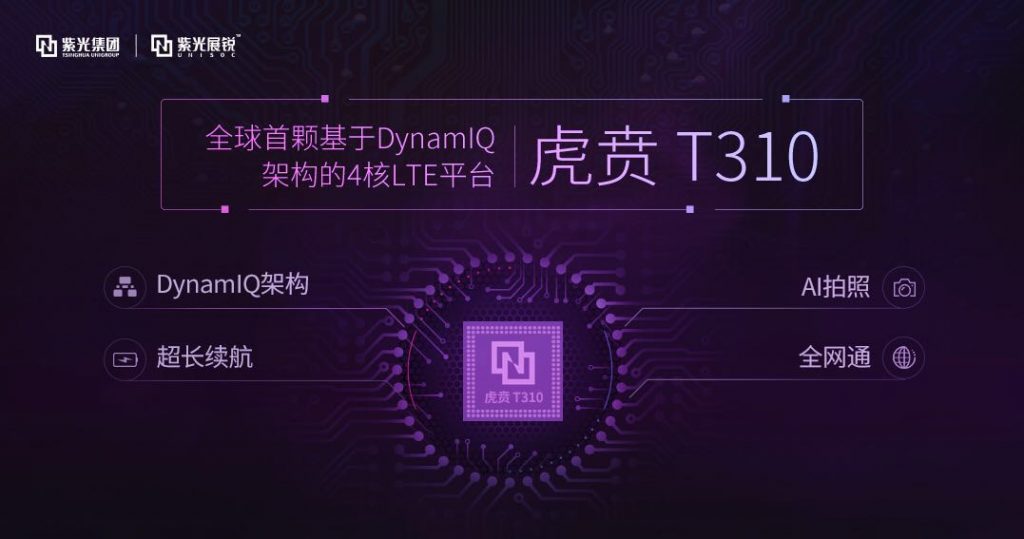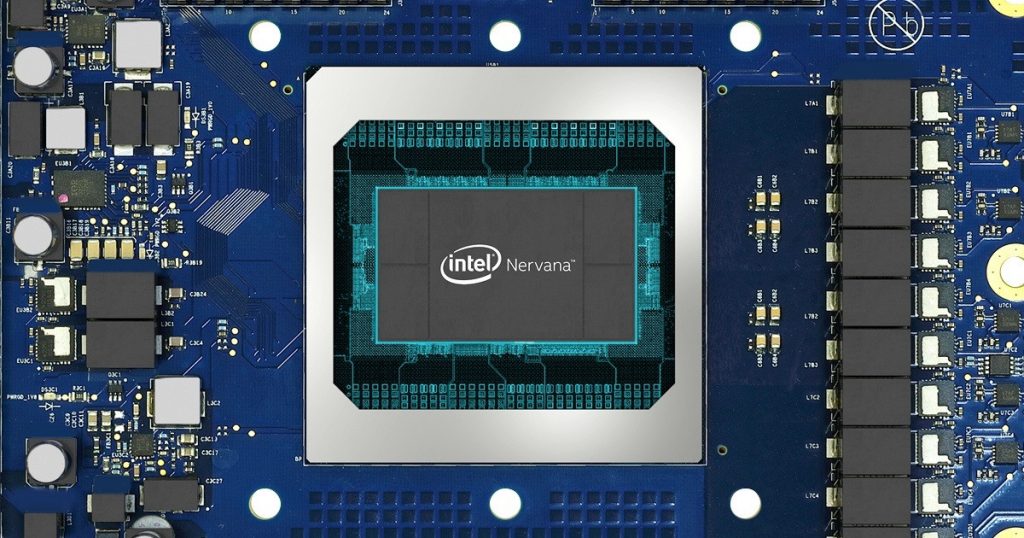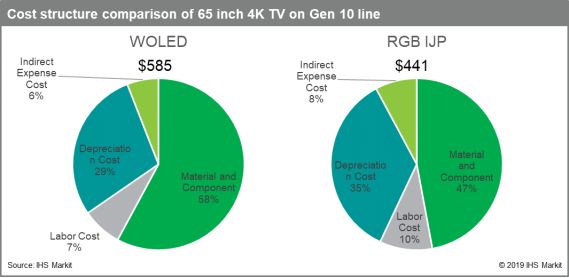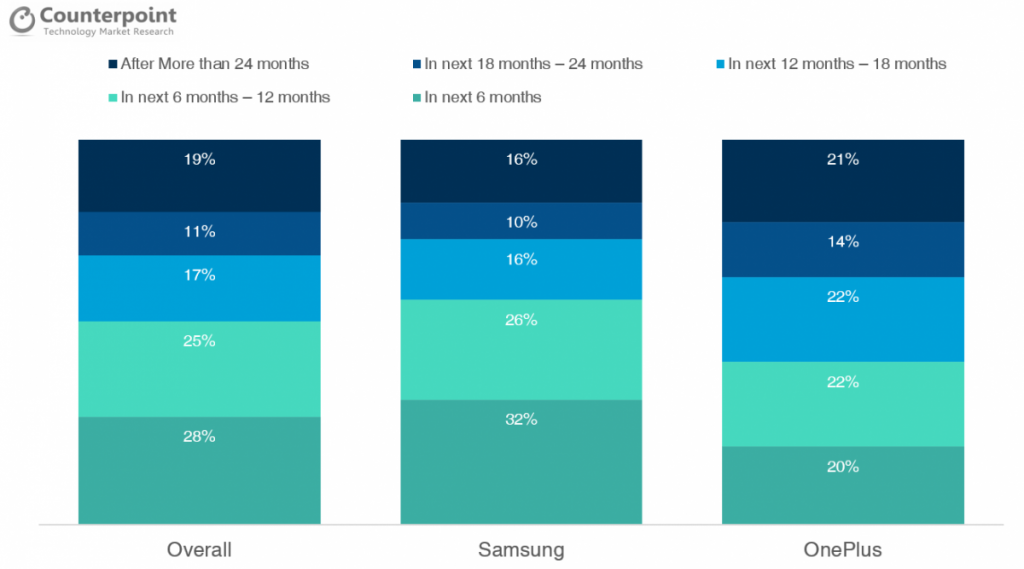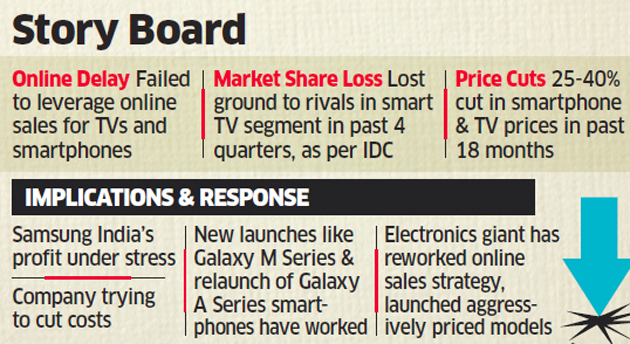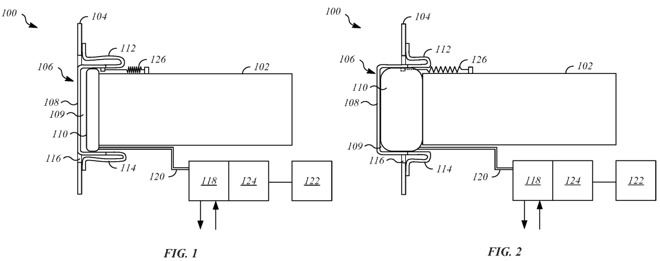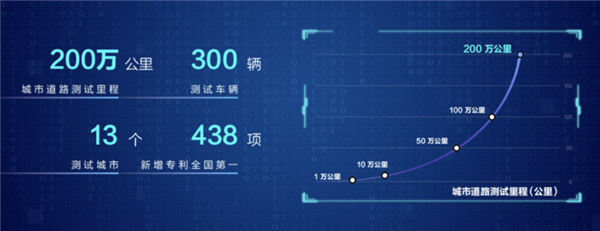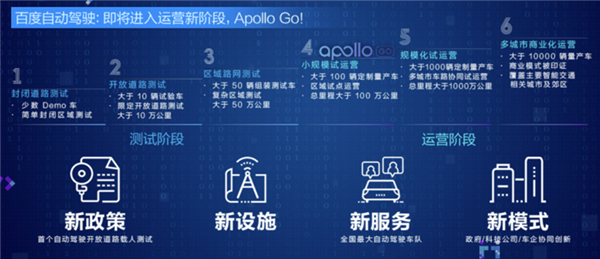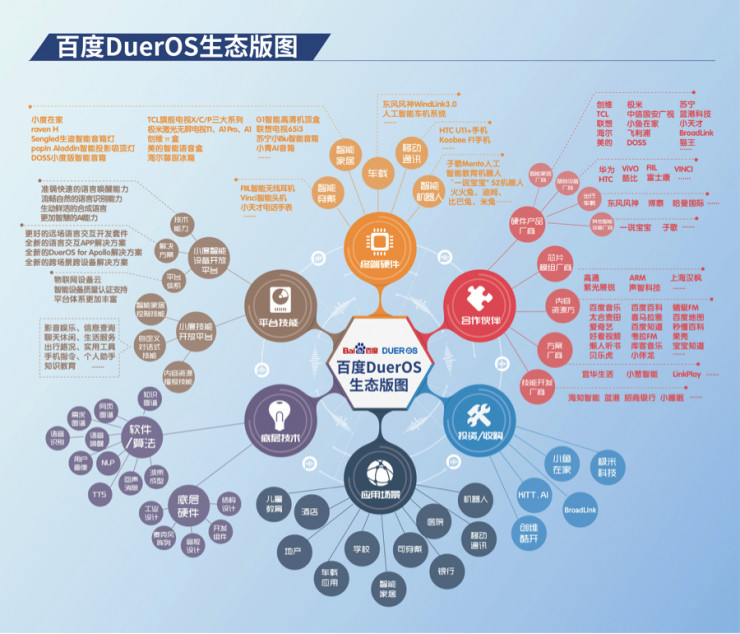
07-05:Broadcom is reportedly in advanced talks to buy cybersecurity firm Symantec; Baidu and Intel have announced a new partnership to work together; etc.
Chipsets
HiSense is announcing new smartphone series F30S, powered by UNISOC’s Tiger T310 SoC. The Tiger T310 has 1 x Cortex-A75 core paired with 3 x Cortex-A55 cores in a single cluster. It is able to do this as a result of Arm’s DynamIQ Architecture which replaces its big.LITTLE architecture. UNISOC says the 12nm TSMC-built Tiger T310 has a 120% improvement in performance over other quad-core processors in single-core tests and a 20% improvement in performance in multi-core tests. (CN Beta, Sina, Gizmo China)
Samsung has announced a new NPU technology that will allow on-device AI to be faster, more energy efficient and take up less space on the chip. Thanks to Quantization Interval Learning, 4-bit neural networks can be created that retain the accuracy of a 32-bit network. Using fewer bits significantly reduces the number computations and the hardware that carries them out – Samsung says it can achieve the same results 8x faster while reducing the number of transistors 40x to 120x. (GSM Arena, Samsung, CN Beta)
Broadcom is reportedly in advanced talks to buy cybersecurity firm Symantec for around USD15B, seeking a further expansion into the more profitable software business. (Gizmo China, Bloomberg, IT Home, Neowin)
Baidu and Intel have announced a new partnership to work together on Intel’s new Nervana Neural Network Processor for Training (NNP-T). The NNP-T chip is a processor built specifically for the task of training neural networks for the purposes of performing deep learning at scale. (TechCrunch, VentureBeat, Intel, My Drivers)
Samsung VP Jung Eun-seung has revealed that Samsung is scheduled to complete the 7nm EUV line in Hwaseong in Sept 2019 and start production Jan 2020. Samsung also plans to build additional EUV lines in Pyeongtaek, Gyeonggi Province, within the next few years. It has also completed development of the 5-nanometer FinFET process that is considered to be the last generation of FinFET. Samsung is the first to announce that the 3nm node will use GAA surround gate transistor technology, and Samsung has created a multi-bridge-channel FET (MBCFET) by using nanochip devices. (CN Beta, Pulse News, Korea Herald)
Touch Display
Samsung has reportedly completed its redesign of the Galaxy Fold, fixing some of the worst issues. The focus of the fixes appears to have been on the protective film covering the screen, and Samsung has extended that film to wrap around the screen and fold beneath the device’s bezels, making it supposedly impossible to peel away. (Digital Trends, Bloomberg, Engadget CN, CN Beta)
The inkjet printing technology for OLED display will reportedly enter mass production in 2020. It will start with about 105,000 pieces (209,000m2). This will increase nearly 12 times in the next ten years to 1.3M pieces (7.3Mm2). This production will be done by JOLED (Japan OLED). Starting in 2020 or 2021, Chinese OLED vendors will catch up with JOLED and invest heavily in mass production. IHS Markit expects a 65” 4K OLED TV to cost approximately USD585 (LGD’s Gen-10 line of OLEDs); but if an inkjet printing process is used, the overall cost will drop to USD441 (cost down near 25%). (GizChina, My Drivers, OfWeek, 199IT)
South Korea has indicated that it may retaliate against Japan’s latest export limits on high-tech materials, as a row over forced wartime labor threatened to disrupt global supplies of memory chips and smartphones. (Reuters, Phone Arena, East Money)
Connectivity
BT has announced its intention to launch a 5G service autumn 2019. The BT-owned EE already has a live 5G network, but a BT-branded alternative will be available as part of a converged mobile and broadband package – the first such bundle on the market. (Pocket-Lint, BT)
Samsung Electronics and SK Telecom have announced the successful completion of Korea’s first interoperability assessment between 5G Standalone (SA) Core and other commercial network systems over a 5G network. This successful result brings the two companies one step closer to 5G SA commercialization. (Neowin, Samsung, CN Beta)
Material
The Australian Competition & Consumer Commission (ACCC) has instituted proceedings in the Federal Court against Samsung alleging it made false, misleading and deceptive representations in advertising the water resistance of various ‘Galaxy’ branded mobile phones. (The Verge, ACCC, Reuters, Sina)
Phone
Huawei is still be treated as blacklisted, days after U.S. President Donald Trump has sowed confusion with a vow to ease a ban on sales to the firm. In May 2019, Huawei is added to the so-called Entity List, which bans American firms from selling to it without special permission, as punishment for actions against U.S. national security interests. (Android Central, Reuters, DW News, VOA Chinese)
According to Counterpoint Research, more than half of the respondents (based on 800 respondents) in India are interested in purchasing a premium smartphone in the next 12 months. Further, data from the survey reveals that replacement cycles among the potential premium smartphone buyers (who are currently using a smartphone priced above INR20,000 (USD280) are around 25 months. (GizChina, Counterpoint Research, press, Tencent)
Xiaomi CFO Zhou Guangping has revealed that Xiaomi’s Internet service revenue in 1Q19 increases by 31.8% year-on-year. They could achieve such results mainly to the rapid growth of monthly active users. He has also indicated that the currently active users of Xiaomi have covered 500M people around the world. (GizChina, IT Home)
Samsung is reportedly going to sack 1,000 employees in India to cut costs as it is faced with stiff competition from Chinese companies. Samsung is doing it to rationalise costs by cutting the prices of its smartphones and televisions, trimming margins and curtailing its profits. Samsung has denied reports that it had laid off 1,000 employees in India as part of a cost rationalisation programme. (Gizmo China, Business Today, Business Standard, GSM Arena, CN Beta)
According to Counterpoint Research, Counterpoint Research, 16M units of Samsung Galaxy S10 were sold Mar~May 2019, which is more than sales of the Galaxy S9 series in the same period last year. Samsung introduced S10, S10 Plus, and S10e in Mar and released S10 5G in Apr 2019. (CN Beta, GSM Arena, Yonhap News)
vivo iQOO Neo is announced – 6.38” 1080×2340 FHD+ Super AMOLED, Qualcomm Snapdragon 845, rear tri 12MP-8MP-2MP + front 12MP, 6/8+64/128GB, Android 9.0, under display fingerprint scanner, 4500mAh 22.5W fast charging, CNY1,798~2,298. (GizChina, vivo, GSM Arena)
vivo Z1 Pro is officially launched in India – 6.53” 2340×1080 FHD+ IPS, Qualcomm Snapdragon 710, rear tri 16MP-8MP ultrawide-2MP + front 32MP in-display, 4/6+64GB or 6+128GB, Android 9.0, 5000mAh 18W fast charging, from INR14,990 (USD217). (Android Authority, GizChina, 91Mobiles)
Xiaomi CC9 series is announced, equipped with rear tri 48MP-8MP ultrawide-2MP depth + front 32MP, under display fingerprint scanner, 4030mAh 18W fast charging, Android 9.0: CC9 – 6.39” 1080×2340 FHD+ Super AMOLED, Qualcomm Snapdragon 710, 6/8+64/128GB, CNY1,799~CNY1,999. CC9e – 6.01” 720×1560 HD+ Super AMOLED, Qualcomm Snapdragon 665, 6/8+64/128GB, CNY1,299~CNY1,599. CC9 Meitu Edition – CC9 specifications, targeted at (female) vloggers, AI low light portrait mode, movie portrait and full body beauty filters, special vlog mode with video stabilization, 8+256GB, CNY2,599. (CN Beta, My Drivers, GSM Arena, CN Beta, GizChina)
Redmi 7A is announced in India – 5.45” 720×1440 HD+ IPS, Qualcomm Snapdragon 439, rear 12MP + front 5MP, 2+16GB or 2/3+32GB, Android 9.0, no fingerprint scanner, 4000mAh, INR5,999~6,199. (Android Central, India Today, Twitter, GSM Arena)
Lenovo Z6 is announced in China – 6.39” 1080×2340 FHD+ Super AMOLED, Qualcomm Snapdragon 730, rear tri 24MP-8MP telephoto-5MP + front 16MP, 6+64/128GB or 8+128GB, Android 9.0, under display fingerprint scanner, 4000mAh 15W fast charging, CNY1,899~2,499. (GizChina, Weibo, My Drivers, Gizmo China)
PC / Tablet
Global consumer electronics makers HP, Dell, Microsoft and Amazon are all looking to shift substantial production capacity out of China, joining a growing exodus that threatens to undermine the country’s position as the world’s powerhouse for tech gadgets. (CN Beta, The Verge, Asia Nikkei)
Automotive
According to Apple’s patent, Apple’s ‘Project Titan’ could have retractable bumpers on both ends of the vehicle, contracting away to make parking in confined spaces easier, but automatically extending outwards to protect the car while it is being driven in traffic. (Apple Insider, CN Beta)
As Waymo continues to test its Waymo One commercial service in the Phoenix area, it has got its eyes on expansion. Now, with a new permit from the California Public Utilities Commision in its hands, it is one step closer to achieving that. Waymo has received a permit from the CPUC to enter California’s Autonomous Vehicle Passenger Service pilot program. (CN Beta, TechCrunch, CNET)
Volkswagen is stepping up the pace of its digital transformation with a plan to pool some 5,000 digital experts into a single unit that will develop “vw.os”, a uniform software operating system. (CN Beta, Volkswagen, Auto News)
Baidu has revealed that its fleet of 300 level vehicles across 13 cities recently achieved a major milestone: 2Mkm (1.2M miles) driven autonomously in urban environments. The Society of Automotive Engineers defines level 4 as systems that can operate safely without oversight in select conditions. (JRJ, VentureBeat, East Money)
Li Zhenyu, Baidu’s vice president and General Manager of Baidu’s Intelligent Driving Group, has debuted “Apollo Go” robotaxi project. It is slated to be launched as part of the Hunan capital’s smart city upgrade. Under the program, a 5G network and an intelligent upgrade of roadway infrastructure will be deployed to lay the groundwork for what will be the country’s largest Level 4 self-driving taxi fleet. (JRJ, CN Beta, Xcar, Gasgoo)
Artificial Intelligence
Baidu has showcased DuerOS 5.0, its latest-gen natural language platform, and revealed that DuerOS’ install base recently passed 400M as voice queries topped 3.6B. The former metric is up substantially from 150M Nov 2018 and 100M Aug 2019, when DuerOS reached the 800M-query mark. (VentureBeat, Huanqiu, Sina)
